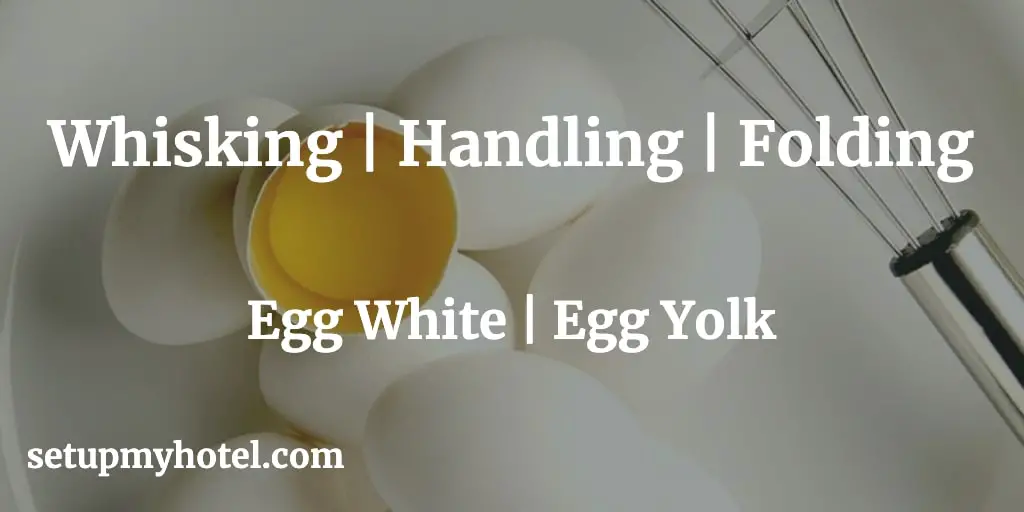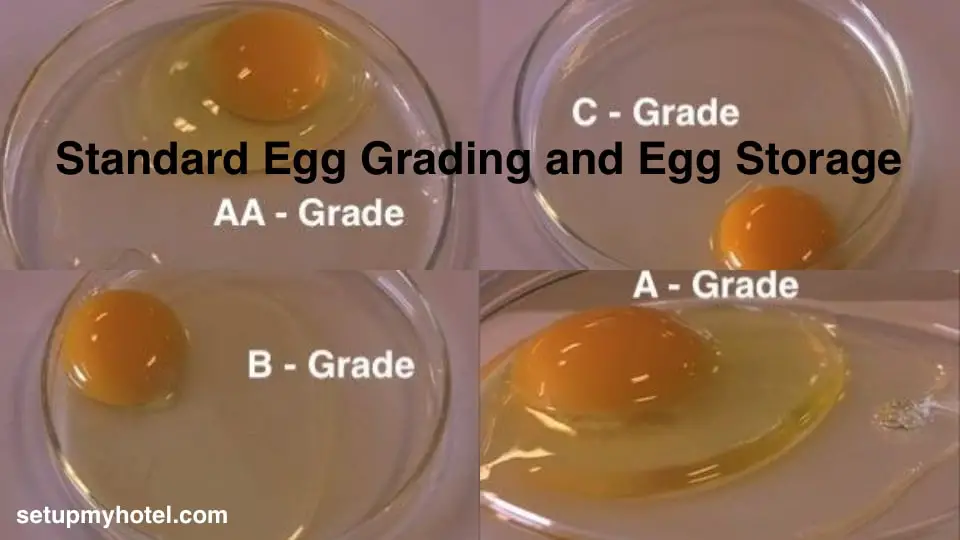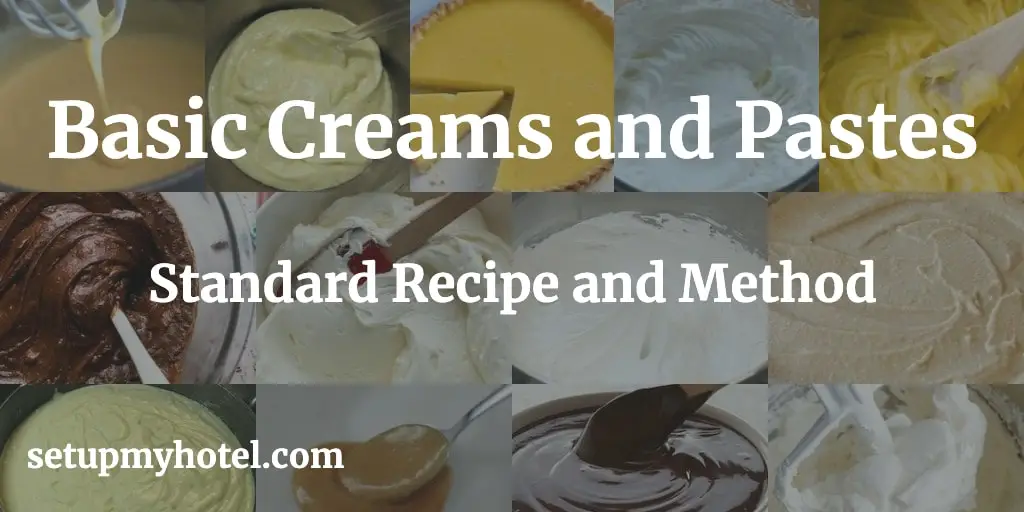Laminated Pastries Or Puff Pastries – Standard Recipe | Hotels | Chef

List of Laminated Pastries and Puff Pastries with Recipe Card Laminated dough is a culinary preparation consisting of many thin ...
Read more
Methods Of Whisking, Handling And Folding Egg White And Egg Yolk

Methods of Whisking, Handling and Folding Egg White and Egg Yolk 1. How to separate egg white and egg yolk ...
Read more
9 Uses Of Egg In Cookery | Culinary | Hotel Industry

Uses of Egg in Cookery | Culinary | Kitchen and Hotel Industry Certain foods play a major role in cooking, ...
Read more
Preventing Burn While Working In Hotel Kitchen

How to prevent burn in the hotel kitchen? Understanding the transfer of heat is very important to chefs working in ...
Read more
Top 10 Rules For Safe Knife Handling – Chefs | Kitchen | Food Production

How to properly handle the knife in the hotel kitchen? The knife is considered by chefs as their most valuable ...
Read more
43 Types Of Herbs And Spices Used In Hotel Kitchen | Food Production

Types and Definitions of Herbs and Spices Used in Hotel Kitchens Spices: The term spice comes from Latin meaning ‘Fruits of the ...
Read more
Use Of Thermometer In Hotel Kitchen / Food Production

What is the use of a Thermometer in the hotel kitchen? In the food production or kitchen environment microbes are ...
Read more
Kitchen Key Terms Complete List (A-Z) / Food Production Key Terms / Culinary Terms / Kitchen Jargons

Food Production Key Terms / Kitchen Terms / Culinary Terms / Kitchen Jargon In the world of food production and ...
Read more
Standard Egg Grading And Egg Storage – Hotel Kitchen

Hotel Standard for Egg Grading and Egg Storage The Grading of eggs is based on several factors. There are four ...
Read more










